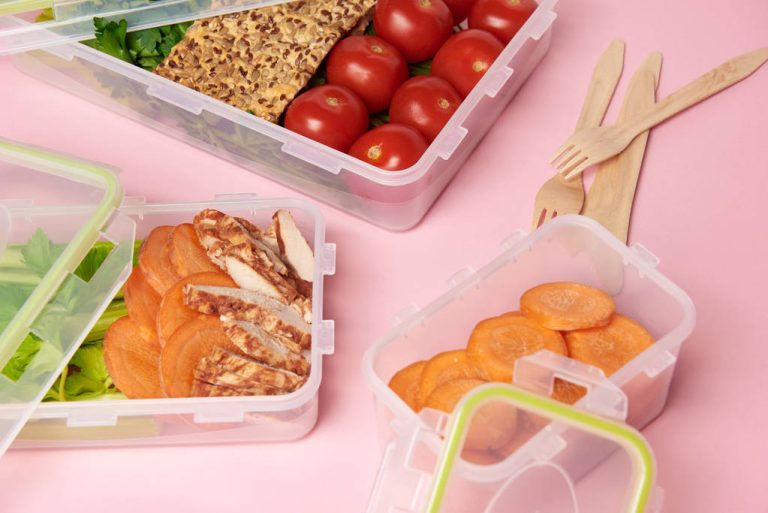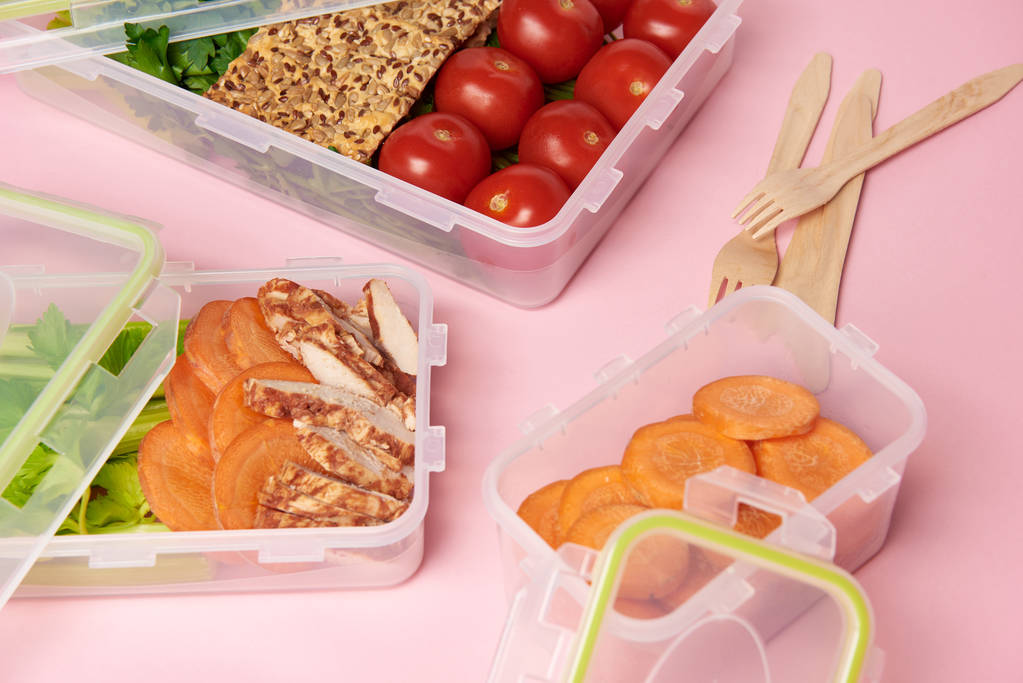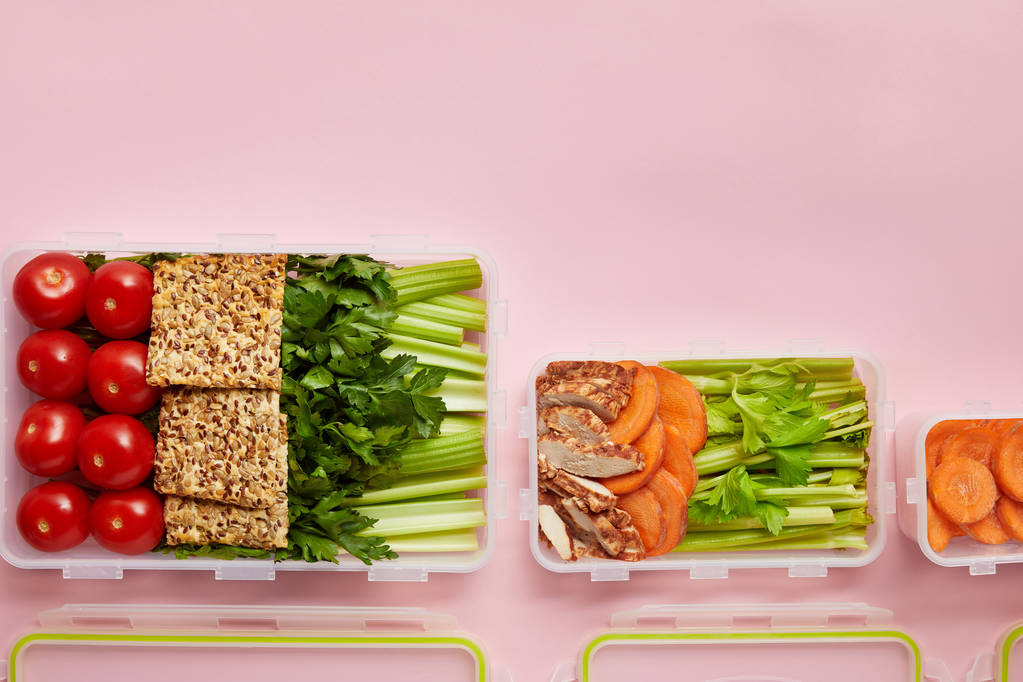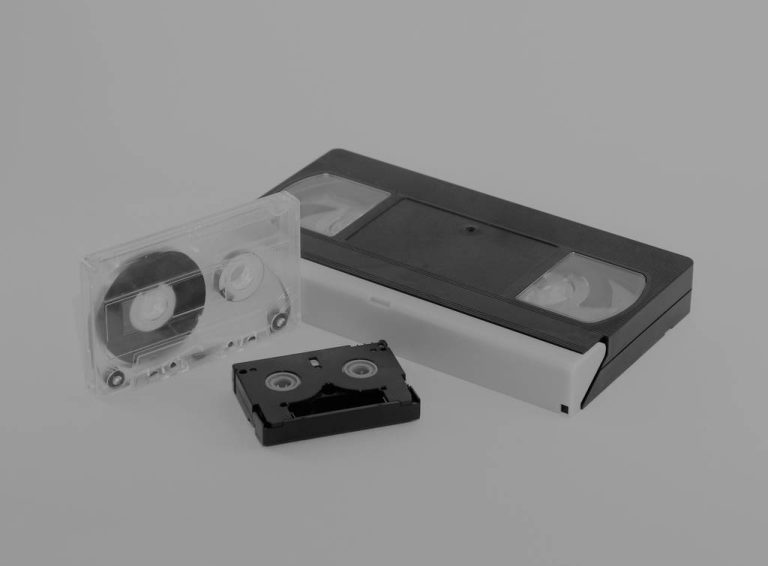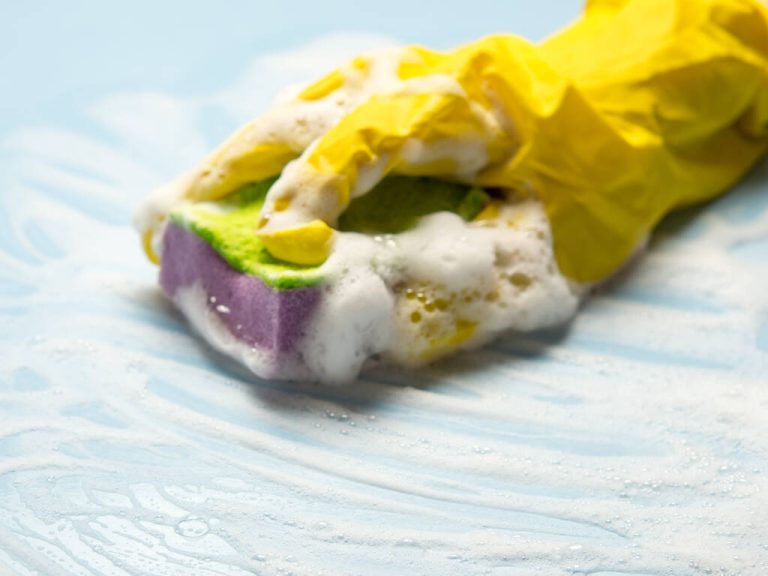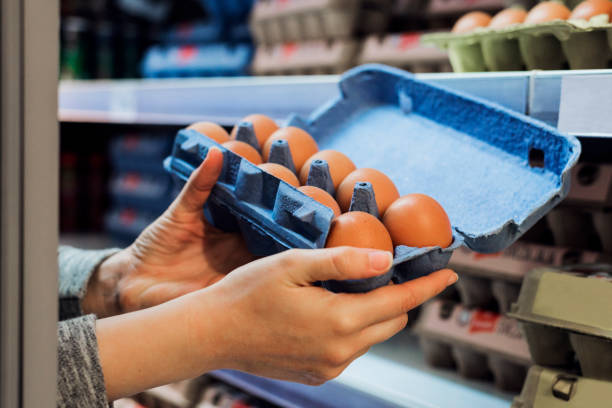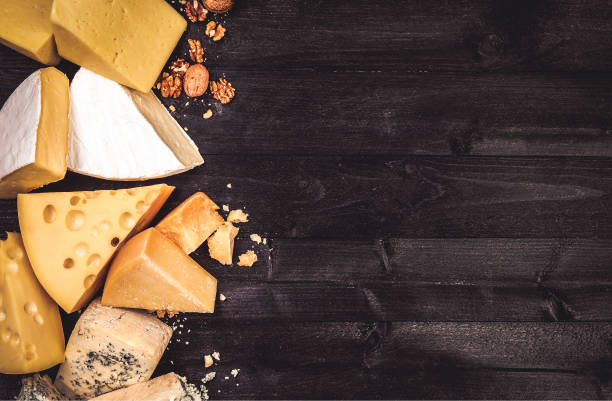A dirty baking sheet is not a particularly pretty sight. The encrustations and residues can be easily cleaned with the right tips and tricks.
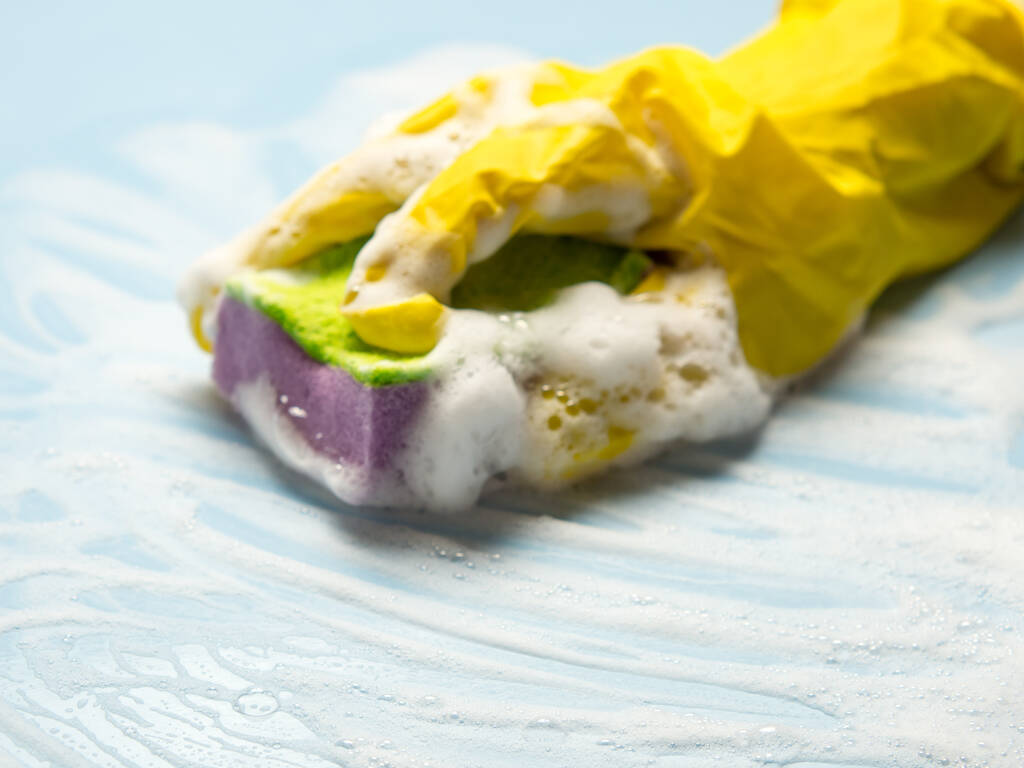
This is how baking sheets get dirty
If you use the baking tray daily or several times a week, it is quite normal for various types of soiling to appear, despite the baking paper or baking mat. The sheet metal can usually no longer be cleaned simply with water.
No matter what you prepare in the oven: there is always a chance that grease stains, dirt, leftover food or other residues will remain on the tray. We would generally advise you to remove any dirt immediately after use. If you continue to put the dirty sheet in the oven, smoke can form and the dirt can burn and become caked, making it difficult to remove.
Home remedies for cleaning your sheets
There are various cleaning agents on the market that have been specially developed for removing grease stains, burnt-in stains and the like. But if you want to do without chemical cleaners, you can easily use household remedies. These are on the one hand cheaper, on the other hand more environmentally friendly and the best thing about it: We usually already have products like salt, baking soda and vinegar at home.
Clean the baking sheet with baking soda and baking soda
When heated, baking soda develops, together with water, into a strong lye that splits proteins and fats into acids. It is therefore perfect for removing fat and stubborn crusts from the baking tray.
Although it is also found in baking powder as sodium bicarbonate, it can work even better in its pure form. Baking soda in combination with mineral water can hold a candle to some chemical cleaners.
That’s how it’s done:
First you put 50 grams of baking soda on the baking tray to be cleaned and then pour enough mineral water over it until the tray is completely covered.
Now heat comes into play: At 100 degrees below heat you can let the water-soda mixture slowly evaporate for about 20 minutes.
After taking out the tray, let it cool down a bit.
The burnt-in residue can now be easily removed with a sponge or dishcloth.
If you don’t have baking soda on hand, you can alternatively use baking powder. To do this, first soak the tray in warm water and then add a packet of baking powder. After a short exposure time, the crusts should be able to be removed with a damp sponge.
Remove incrustations with salt
Probably the simplest and cheapest home remedy for fighting incrustations is salt. To do this, generously sprinkle all baked areas with commercially available salt so that they are completely covered. Then you put it in the oven at 50 degrees and wait 30 to 60 minutes. When the salt turns light brown, you can remove the tray from the oven and drain the salt. The crusts should now be easy to remove and it is sufficient to rinse the tray again with a little warm water.
Get the baking sheet clean with vinegar and citric acid
Baked-in food residues can also be removed with vinegar and citric acid, which, with their acidic pH value, easily loosen stubborn crusts. The procedure should already be known from the previous uses of baking soda and salt – household remedies, in this case vinegar or citric acid, spread over a large area on the tray and then put it in the oven. At 200 degrees you give the mixture about 20 minutes to show its full effect. When the work is done, pour off the liquid. Here, too, the last step is to rinse the baking tray with clean water and wipe it off with a sponge or cloth.
Tip: The strong smell of vinegar is part of this cleaning method, but it can sting your nose and burn your eyes. To reduce the smell a bit, you can simply mix vinegar with lemon juice.
Fruit acids are also known to gently remove residues from sheet metal. To do this, first cut an apple, rub the incrustations with the inside of the peel and let the sheet soak briefly.
Cleaning the baking tray with coke – does that really work?
Sounds crazy, but it still has an effect! We are talking about cola, which contains phosphoric acid, an active ingredient that is also found in much higher concentrations in rust removers. Here you can simply use the stale leftovers that would otherwise end up in the drain. You put this on the baking tray and let the cola sit for a few hours or even overnight. In this case, you don’t have to heat the tray. After that, you can clean it with a sponge and rinse off the sugar thoroughly.
Chemical cleaners vs. home remedies
Even industrial cleaning agents such as oven and baking sheet cleaners cannot be denied their effective effect. They promise a particularly fast and effective removal of dirt, which is due to their chemical composition. However, such cleaners are not completely harmless. The ingredients can cause allergic reactions and also irritate the skin and eyes.
For environmental reasons, it is not advisable to use chemical cleaners. Our tips and tricks on how to get baking trays clean again with household products such as baking soda, citric acid and the like offer a much more environmentally friendly and gentle alternative.
But if you don’t want to do without industrial cleaning agents entirely, you can use dishwasher tabs to clean your trays. To do this, place a tab in the middle of your baking tray and pour hot water over it. Cover the entire area, wait until the tab has dissolved and then give the mixture some time to take effect.
Prevent encrustations – three rules to keep the sheet clean
So that annoying crusts do not form on the baking sheet in the first place, we give you the following tips:
Clean your baking sheet immediately after each use and don’t wait until the leftovers are badly burned on. It is best to soak the tray in warm water and washing-up liquid immediately afterwards. This prevents particularly heavy incrustations and makes cleaning easier later.
A pad is a must! Always use parchment paper or a permanent baking mat when baking.
It is better to avoid cleaning with scratching steel sponges or brushes. The scratches on the baking tray are then even more susceptible to dirt.
Conclusion: Only you can decide which method is the right one for you. But maybe you would like to try one or the other.



